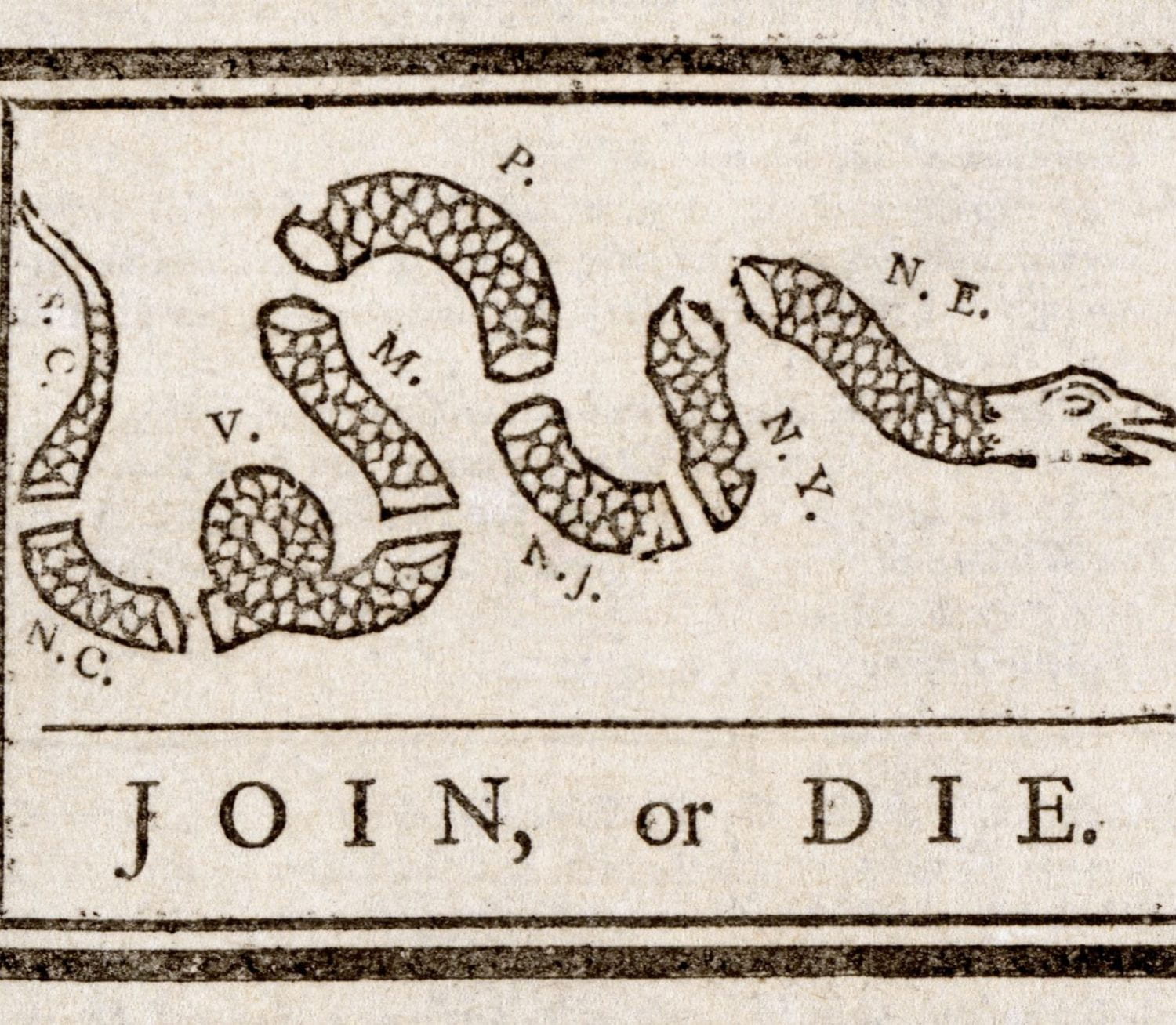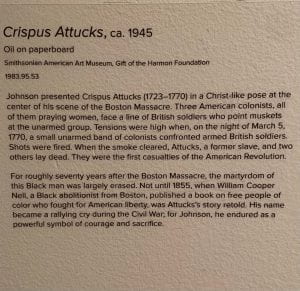For Blog Post 2 I decided that I wanted to learn more about Shay’s Rebellion. It was never touched on much when I was receiving my primary or secondary education which makes me feel as if I’m missing a key piece of information. I initially struggled with using the databases as I have never used them before (oops). After I finally figured it out, I came across a scanned copy of the book above Provided by the Digital Public Library of America and preserved by the University of Pennsylvania. The first thing that I noticed was that the book was published in 1788 one year after the end of Shays rebellion meaning this was a retrospective with a fresh point of view. However, unsurprisingly, the appearance of this book is anything but fresh. The pages, every single one of them, have yellowed considerably, and every single one of those yellowed pages has a unique set of stains as well.
As well as a plethora of unknown stains, the book’s pages are also dotted with droplets of ink. This small detail, while seeming innocuous, is incredibly cool in my opinion. This is because assumably each set of dots is unique to each individual book as they were all hand-pressed by a highly trained team of printers. Finally, the last thing that I found to be interesting on an aesthetic level was the use of the “long s” which is something that I never had any idea existed. Before doing some background research, I found myself incredibly confused as to why the printers would have used the letter f instead of an s as it kept causing me to misread words.
printers. Finally, the last thing that I found to be interesting on an aesthetic level was the use of the “long s” which is something that I never had any idea existed. Before doing some background research, I found myself incredibly confused as to why the printers would have used the letter f instead of an s as it kept causing me to misread words.
As it pertains to the content, I was disappointed to find out that Shay’s rebellion was only mentioned briefly. This unfortunately means I’m going to have to find information on It elsewhere. The information that was presented in the book while not being what I was looking for was however still interesting. It stated that the reason for its publication was to look back on the issues that caused upheaval within our new nation so that we can learn from them and keep it from happening again.


 1940’s is a tribute to African American scientists, activists, teachers and the like who were working to bring peace to the world. It acknowledges their accomplishments as well as the struggles of racism and violence they faced and overcame on their journey to make our country a better place for everyone regardless of race.
1940’s is a tribute to African American scientists, activists, teachers and the like who were working to bring peace to the world. It acknowledges their accomplishments as well as the struggles of racism and violence they faced and overcame on their journey to make our country a better place for everyone regardless of race. me with more questions that there may not be an answer to. Specifically why was his story forgotten for so long? And as a follow up, Would his death have been forgotten the same way if he had not been African American or would have been deified like one of our founding fathers?
me with more questions that there may not be an answer to. Specifically why was his story forgotten for so long? And as a follow up, Would his death have been forgotten the same way if he had not been African American or would have been deified like one of our founding fathers?